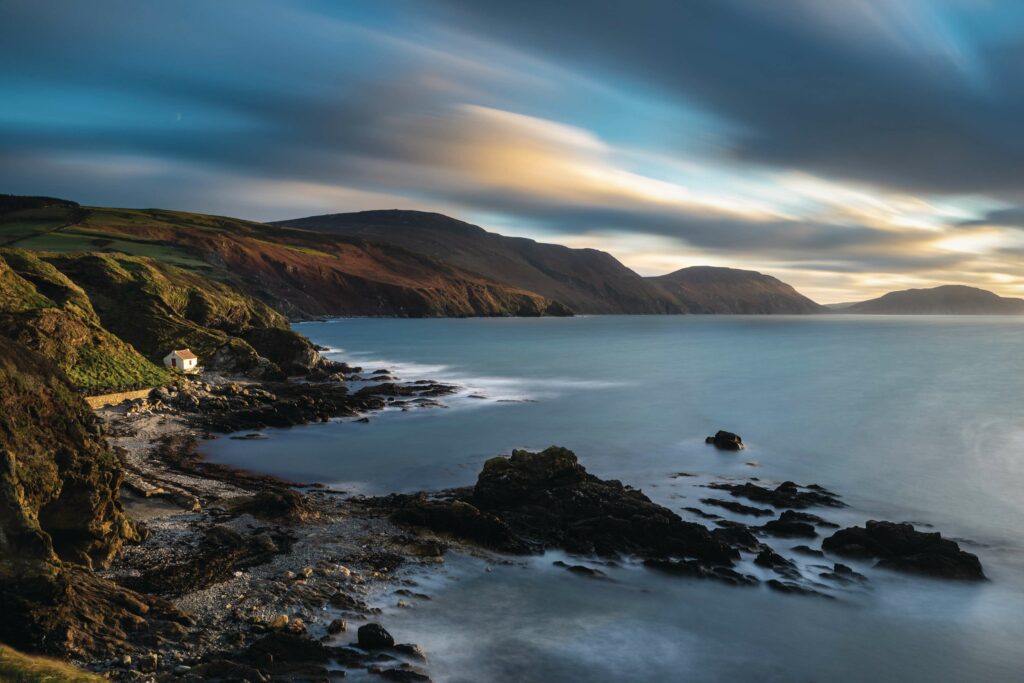
Wild isle of Man
From rugged sea cliffs and green glens to enchanting kelp forests and horse mussel reefs, the Isle of Man offers lovers of the wild – and wildlife – an escape like no other. Islander Fiona Gell reveals what makes this microcosm of the British Isles so special
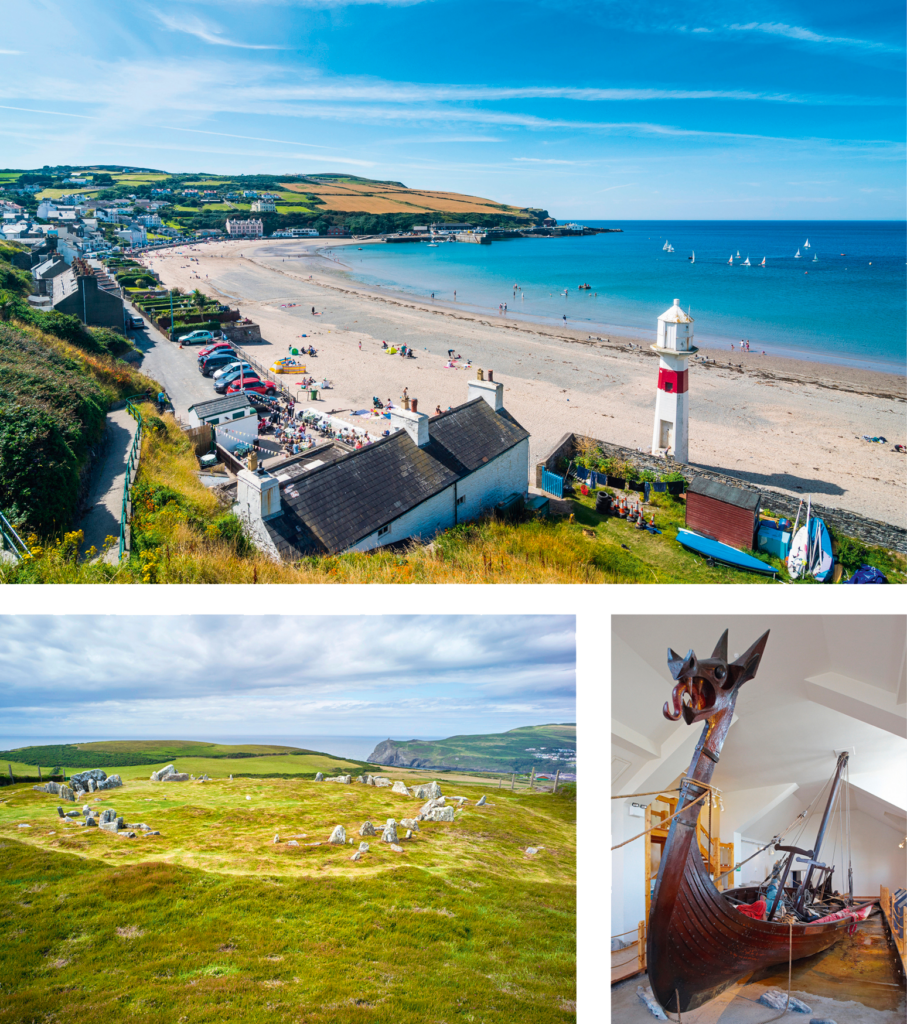
It’s a warm day in August and I’m underwater in Port Erin Bay. Snorkelling round the kelp-fringed edges, I drift above wary ballan wrasse and grapefruit-sized urchins and watch a school of pale mullet loom out of the blue.
I pop my head up and scan around. My son is playing with his friends in the shallows. They’ve been in and out of the water all day, swimming, rockpooling and exploring on the beach. Nearby on his paddleboard my husband can survey the seabed mapped out below him through gin-clear waters. Out in the middle of the bay a tall ship has been anchored for a few days, giving a pirate backdrop to all our adventures. It has been a magical week of holiday – and all the better because our staycation has been less than an hour away from home.
For the past three years, lockdowns and travel restrictions have meant that we’ve rarely ventured off the Isle of Man, which has given us an opportunity to rediscover our home as a nature holiday destination.
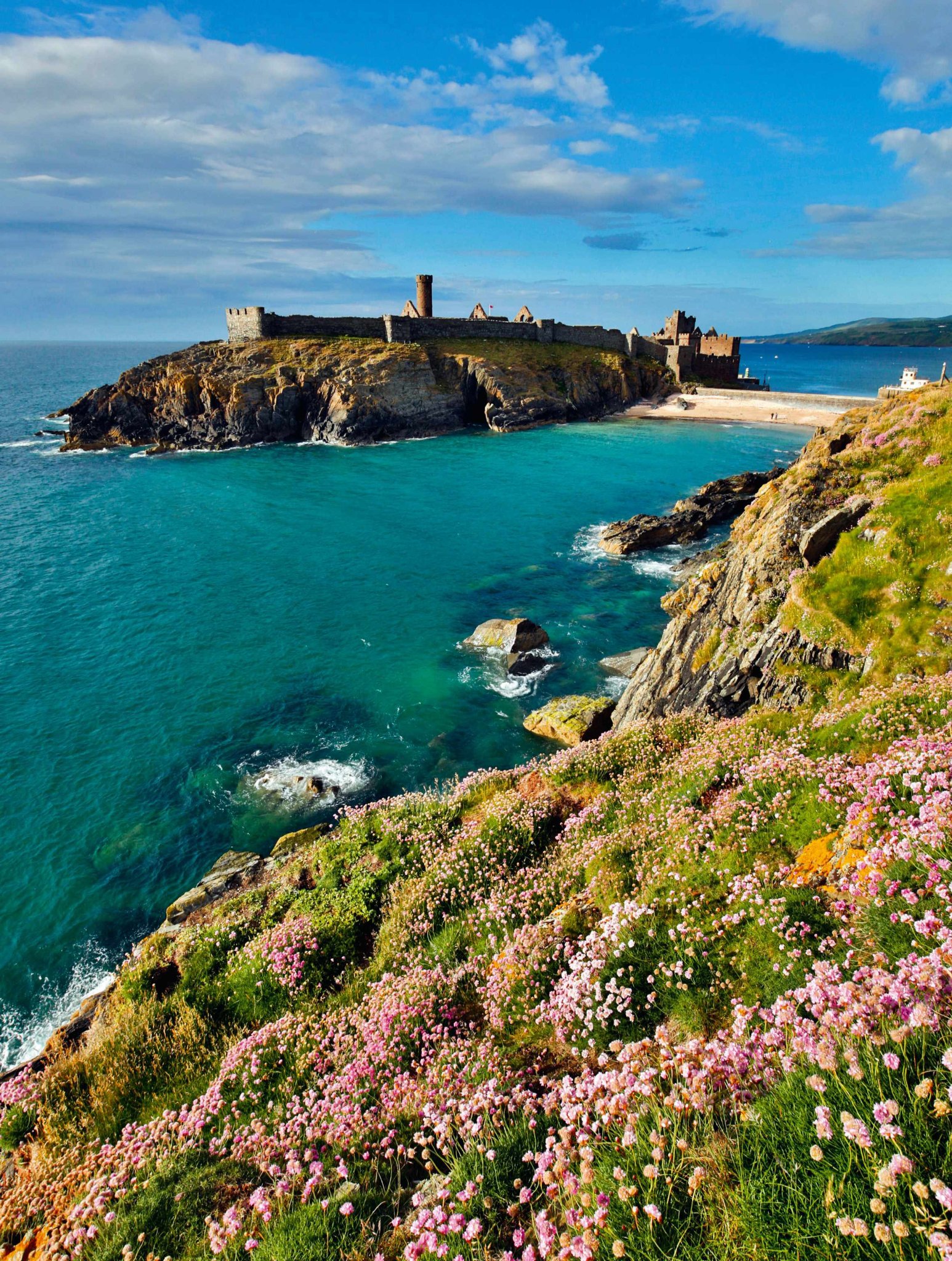
ALL ABOUT THE ISLE
In case you didn’t know, the Isle of Man (or Mann) is a small island right in the middle of the Irish Sea. Some 50km long and 20km wide, it’s just over half the size of the Isle of Wight. As a Crown Dependency of the UK, it has its own government and laws, but it also has a close relationship with the UK.
It is often said that the Isle of Man is the British Isles in miniature, and one of the best things about the island as a wildlife destination is the diversity of landscapes, above and below water. Wherever you stay, you’re never far from high slate cliffs, sandy beaches, upland heath, sheltered glens, estuaries, saltmarsh and grasslands. There are rich marine habitats offshore, protected in 10 Marine Nature Reserves, and the shores are rockpooling heaven, with cushion star starfish, shore crabs and jewel anemones easily accessible to young explorers.
Manx Gaelic, the island’s native tongue, is thriving and there is a vibrant Manx cultural scene. Nature abounds in Manx folklore too, with shape-shifting wrens, curlews saving lost saints and glittering herring kings, and the landscape is full of intriguing reminders of the island’s colourful past: Viking ship burials, Neolithic stone circles and coastal forts. Combining lots of outdoor adventures with visits to the excellent Manx Museum and Manx National Heritage’s network of historic sites is a great way to bring history to life for all the family.
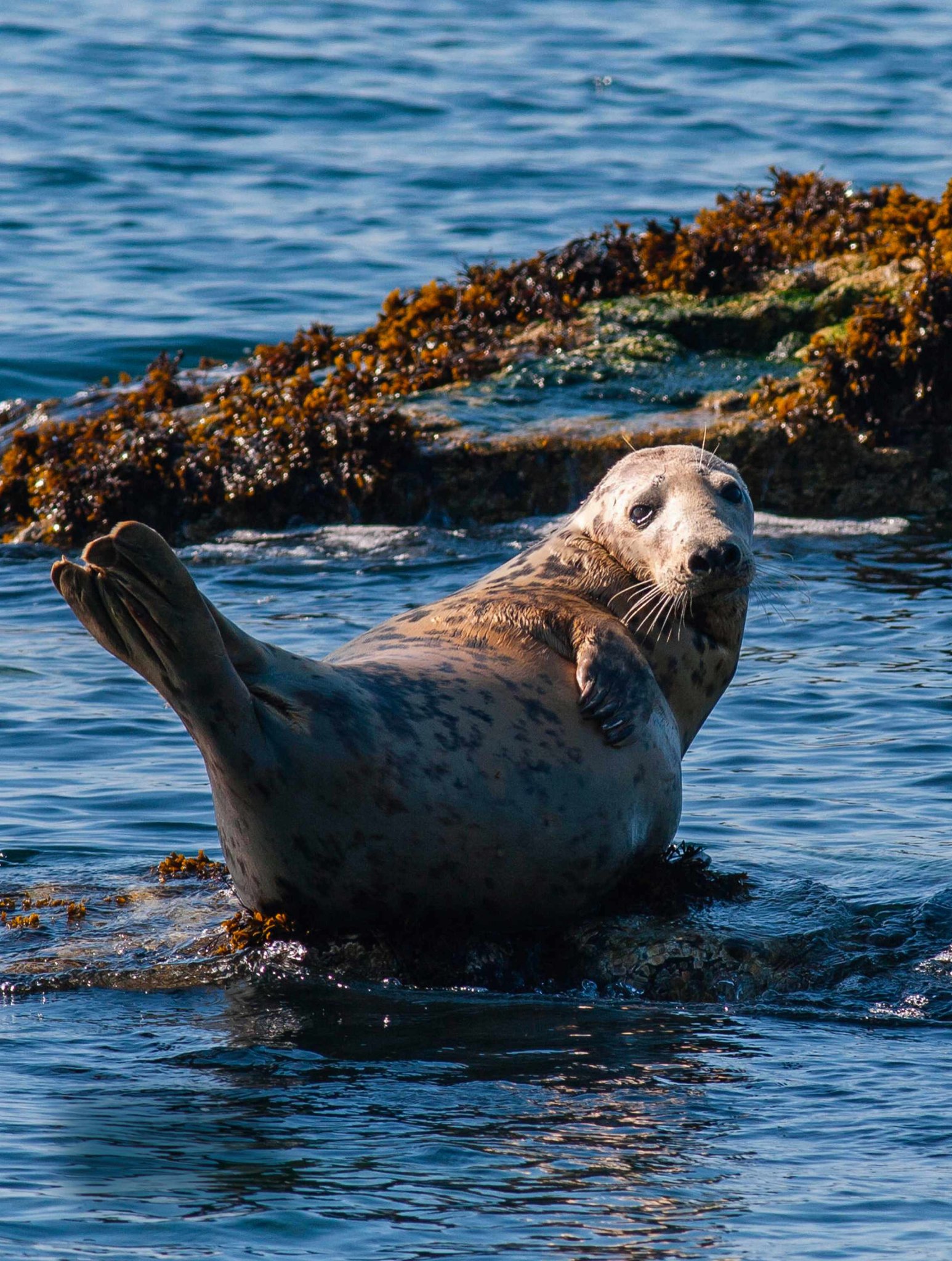
SIX WILD SIDES TO THE ISLE OF MAN
1. EELGRASS MEADOWS, RAMSEY BAY MARINE NATURE RESERVE
I grew up in Ramsey, where, more than 10 years ago, I worked to establish the island’s first Marine Nature Reserve (MNR). Ramsey Bay MNR is the perfect place to experience the wonders of eelgrass. Not seaweed but a flowering plant that thrives in the sea and on the shore, eelgrass creates brilliant emerald-green underwater meadows that support biodiversity, create ideal fish nurseries and help tackle climate change by storing carbon in their root systems. The reserve has a highly protected Eelgrass Zone to make sure this marvellous habitat isn’t damaged. If you take a walk south across the beach from Ramsey at low tide, you can find eelgrass growing on the shore, a good way to introduce children to this exciting habitat. Kids can also look out for slug-like seahares and their pink tangles of eggs. To see eelgrass meadows and kelp forests underwater, snorkel out from Port Lewaigue (checking tides and currents first) and spot shoals of sand eels, spotted catsharks and little cuttlefish. The water is cold so bring a thick wetsuit, ideally with a neoprene hood to keep your head warm.
2. POYLL DOOEY SALT MARSH
Just a couple of minutes from Ramsey town centre you’ll find another climate change hero – salt marsh, which is also renowned for its capacity to lock away carbon. The Poyll Dooey salt marsh is a small but important area of estuarine habitat tucked in a curve of the Sulby River. At low tide you can see redshank and the occasional little egret and heron on the mud. Pools in the salt marsh are home to small fish and invertebrates and provide a rich feeding ground for birds, as well as a haunt for pipistrelle bats and some of the other bat species on the island. In spring the marsh is washed pink with thrift, and palm trees along one side of the river give a tropical feel. Inland, a network of paths criss-cross a small community nature reserve – a butterfly-filled haven and ideal den-making terrain in the middle of town.
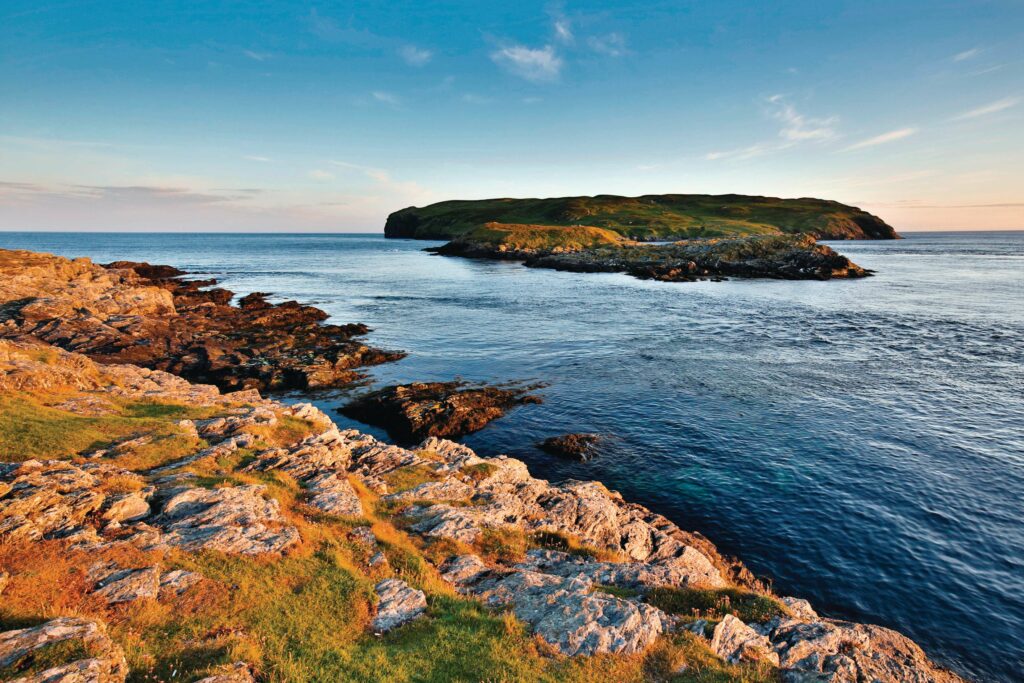
3. GREY SEALS IN THE SOUND
The Isle of Man is a haunt for seals and you are most likely to see them at the Sound, the tidal race between the main island and the Calf of Man. At low tide they haul out, camouflaged on the islet of Kitterland. Some gather in groups with companionable shuffling and nudging while others haul out on the periphery, ‘banana-ing’ (perching with heads and tails lifted) on rocks. When the wind is in the right direction the haunting sound of their calls drifts over. For a closer encounter with seals in the water and on the rocks, you can sail from Port St Mary to the Calf of Man on a small passenger boat (see box below).
The Calf is also a haven for birds and other wildlife and a wonderful conservation success story, with Manx shearwater populations recovering from zero to more than 1,000 breeding pairs in the last couple of decades, following a successful rat eradication programme.
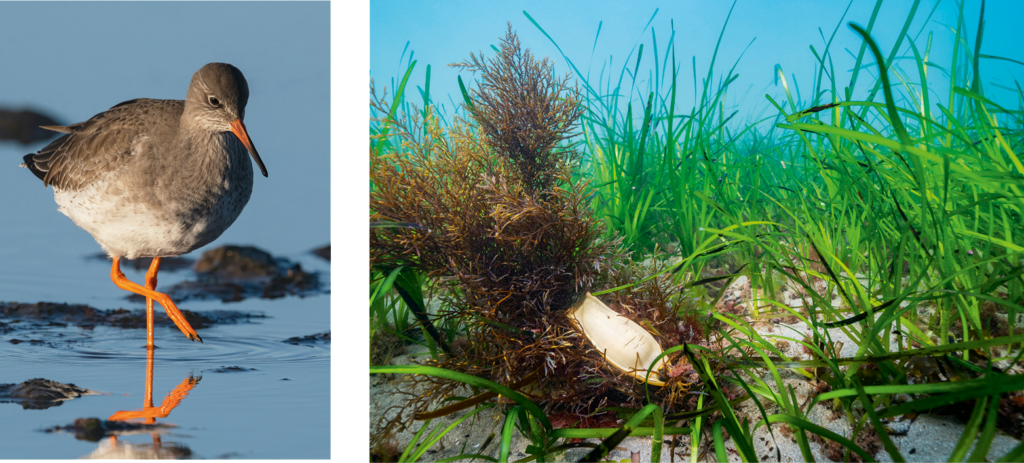
4. MARINE LIFE BIG AND SMALL
As a marine conservationist, I’ve been very lucky to dive around the world but two Manx marine experiences have been among the best. The first was a dive in Little Ness Marine Nature Reserve just south of Douglas, recognised in a recent study as the most diverse horse mussel site in the British Isles. The reef is built of thousands of filter-feeding horse mussels, encrusted in golden sponges and jumping with invertebrates. Walk out of Douglas along Marine Drive, look out over the site and imagine all that colour and action under the surface while watching out for harbour porpoises and Risso’s dolphins.
The second was an encounter with a nine-metre basking shark off the west coast. After a day studying the world’s secondlargest fish, the biggest basking shark I’ve ever seen cruised right under our small boat. I’ll never forget the dappled sandpaper skin and sheer bulk of that magnificent creature. For the best chance of seeing basking sharks, visit from June onwards. Port Erin and Peel are hotspots where you can see sharks close to shore, an unforgettable experience for youngsters.
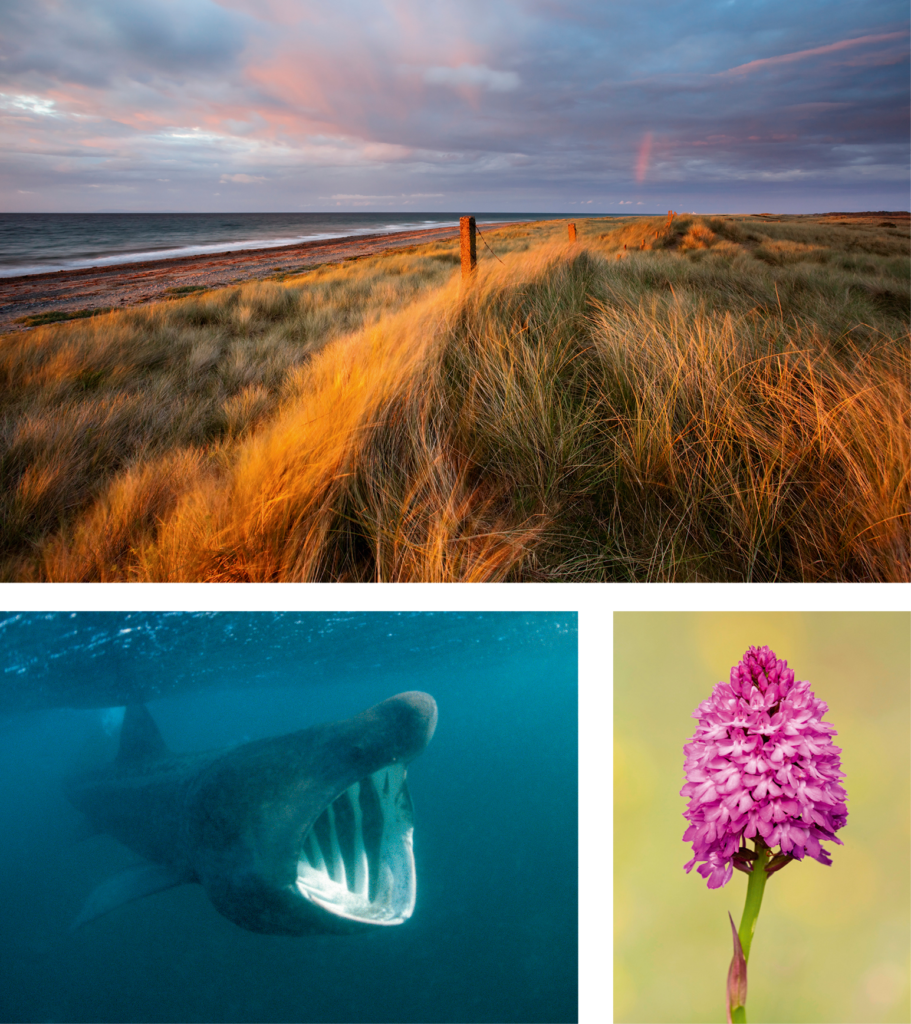
5. THE AYRES NATURE RESERVE
A striking and unusual landscape with silvery expanses of rare lichen heath, the Ayres boasts miles of sand-dune fringed coast with spectacular biodiversity. More than 780 species have been recorded at this site, including the scarce heath bee-fly and one of the rarest moths in the British Isles, the crimson and gold. In summer the dunes are studded with pyramidal orchids and it’s a great place to see common lizards – an absorbing nature-spotting task for small children. The reserve is important for breeding Arctic and little terns, skylarks and meadow pipits. Offshore, gannets are often seen diving for fish and, on a calm day, there’s a good chance of seeing harbour porpoises. The Manx Wildlife Trust runs a visitors’ centre so look out for guided walks.
6. MAUGHOLD GLENS AND HILLS
My son and I have spent many happy days on the electric tram between Ramsey and Douglas, exploring the countryside in between. Rattling along the top of the cliffs in a whistling, wood-panelled Victorian tram while spotting Manx loaghtan sheep, hedgerows full of wildflowers and boats out to sea is the ideal family day out. The tram stops at some of the island’s most beautiful glens. Dhoon Glen is steep and wooded, with a dramatic waterfall near the top, a secluded beach at the bottom and a café at the tram stop. Ballaglass Glen offers gentle walks along the tumbling Cornaa River and in bluebell-carpeted beech and oak woodland.
Turning inland from the tram route, you can climb the slopes of North Barrule where the craggy outcrops are perfect for watching elegant mountain hares; the view from the top is breathtaking.
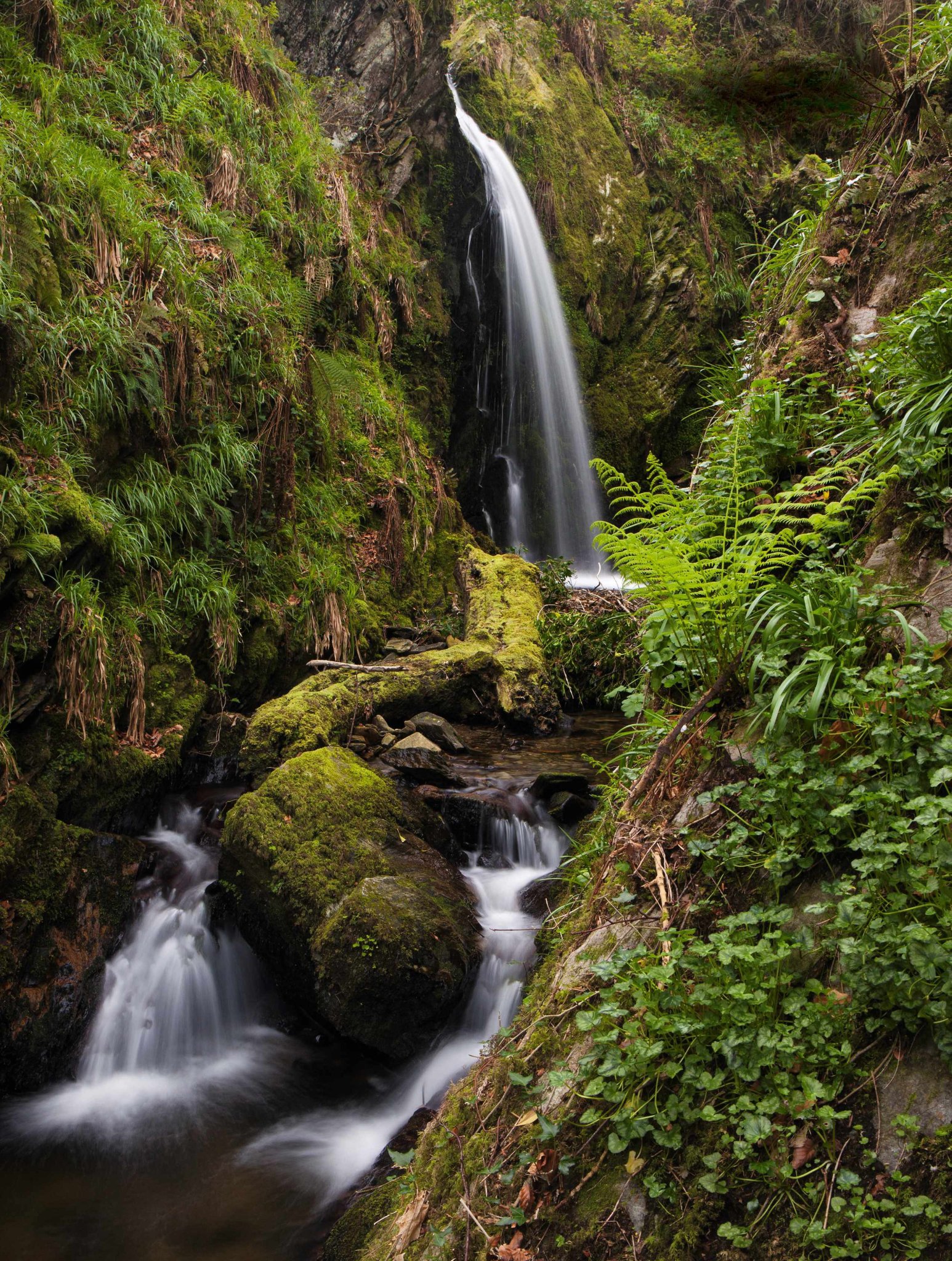
WILD TIMES ON THE ISLE
We’ve revelled in our nature-filled holidays at home over the past few years. The marine life and coastal landscapes are captivating and there are so many opportunities for wild escapes and peace in nature all year round. The Isle of Man is also a good destination if you want to keep your travel emissions down. Less then three hours on the ferry from Liverpool and you’re in a Biosphere Reserve where you can hear a new language and have spellbinding encounters with wildlife. Failt erriu gys Ellan Vannin – welcome to the Isle of Man.

Dr Fiona Gell grew up on the Isle of Man. After training as a marine biologist, she returned to become the island’s first marine conservation officer.
Her book Spring Tides is out now (Weidenfeld and Nicolson, £16.99).
WILDLIFE BOAT TRIPS
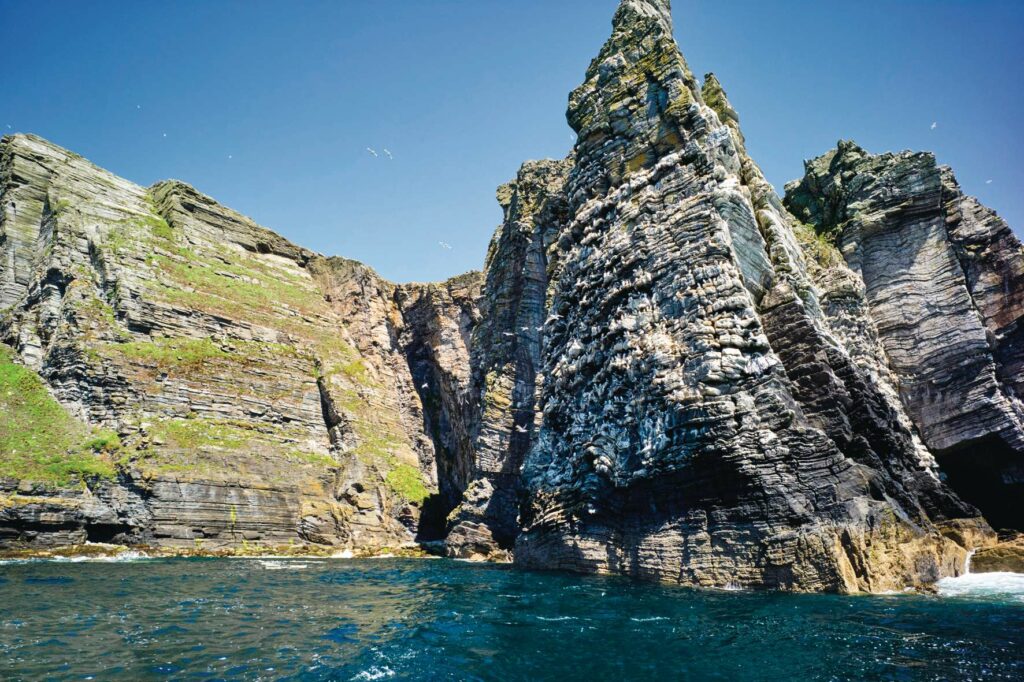
Sail from Port St Mary to the Calf of Man and on the way take in the Sugarloaf stack (right), a noisy spectacle of nesting guillemots, razorbills and kittiwakes. Look out for seals, harbour porpoises, minke whales, Risso’s dolphins and basking sharks. The Calf is uninhabited except for seasonal wardens at the bird observatory, which has been active for over 60 years. The Calf’s popularity as a stopping-off point for migrating birds has meant that more than 200,000 birds have been ringed over the decades. Steven Clague runs trips in his boat, Scraayl (which means Manx shearwater in Manx); call 07624 490615.
ZOO ESCAPE
Red-necked wallabies are now thriving on the Isle of Man after a small number escaped from a wildlife park in the 1960s. The Manx government is studying the environmental impact these Australian marsupials are having on the island, to determine if their numbers, now believed to be over 100, may need to controlled.
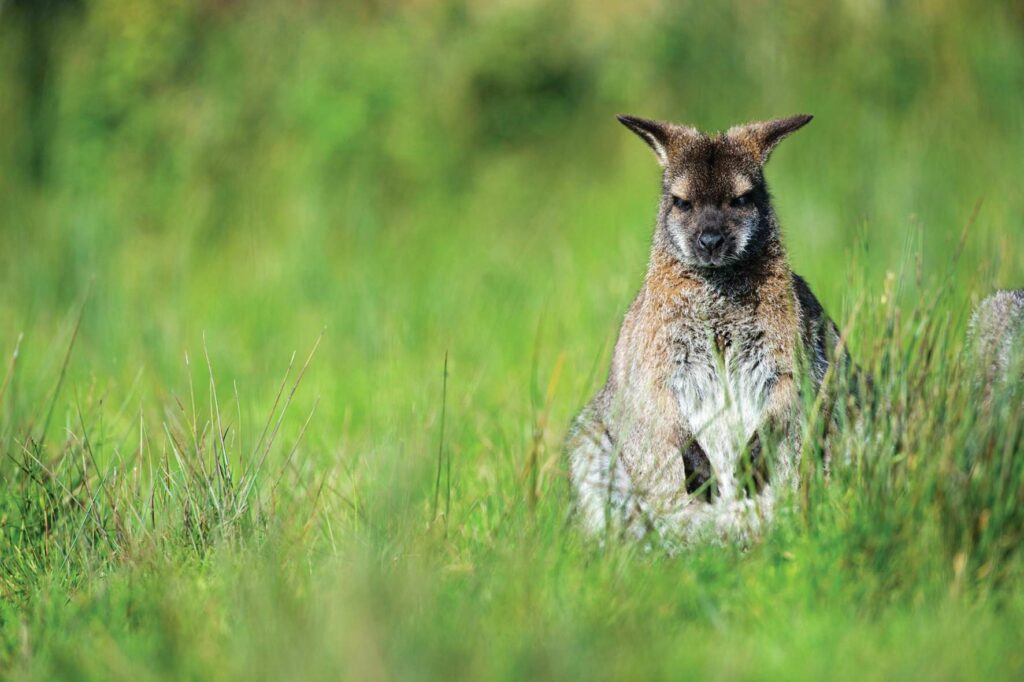
NOW GO TO THE ISLE OF MAN
Where to stay, visit, eat and drink on the island by Fiona Gell
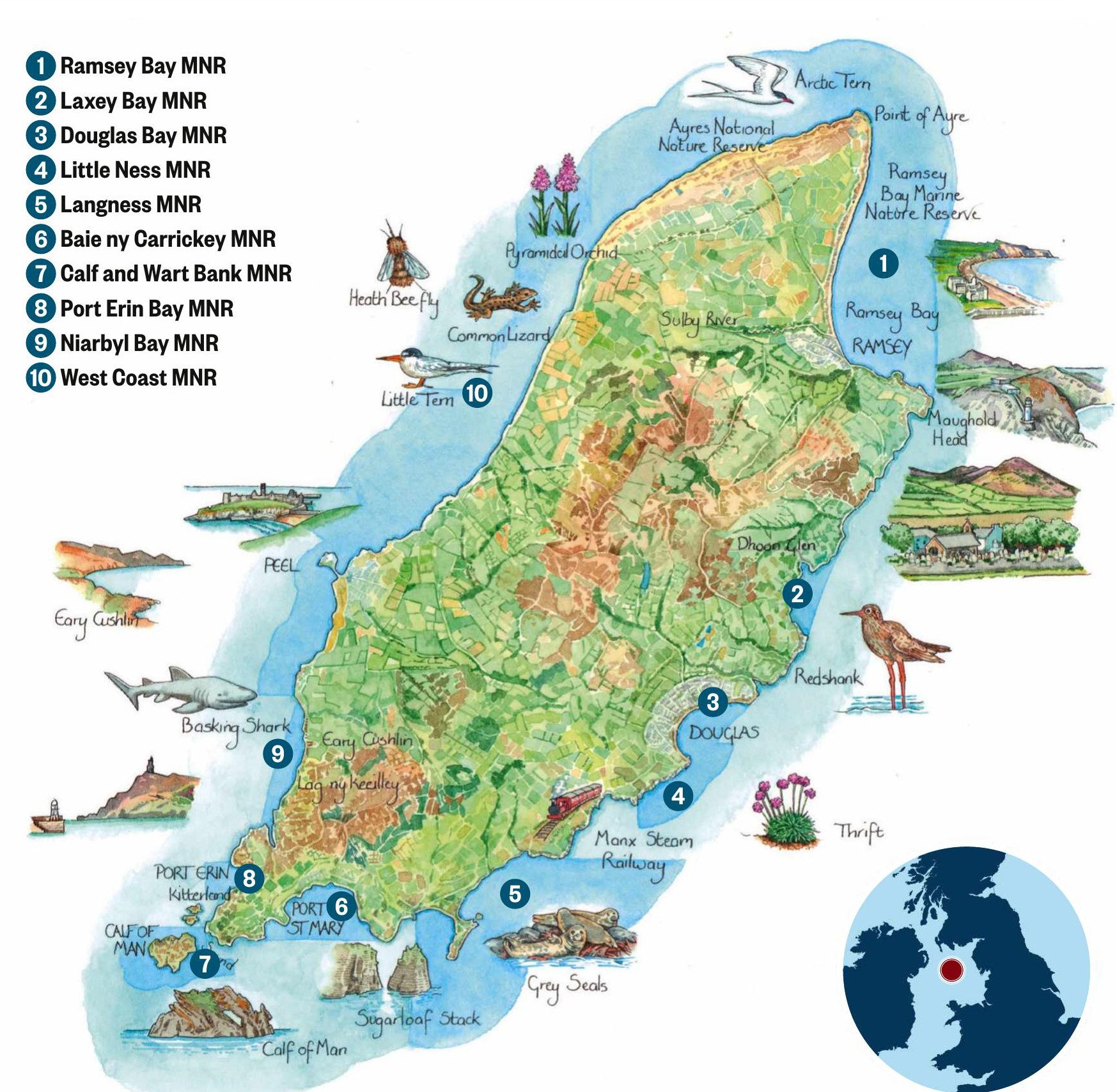
TRAVEL
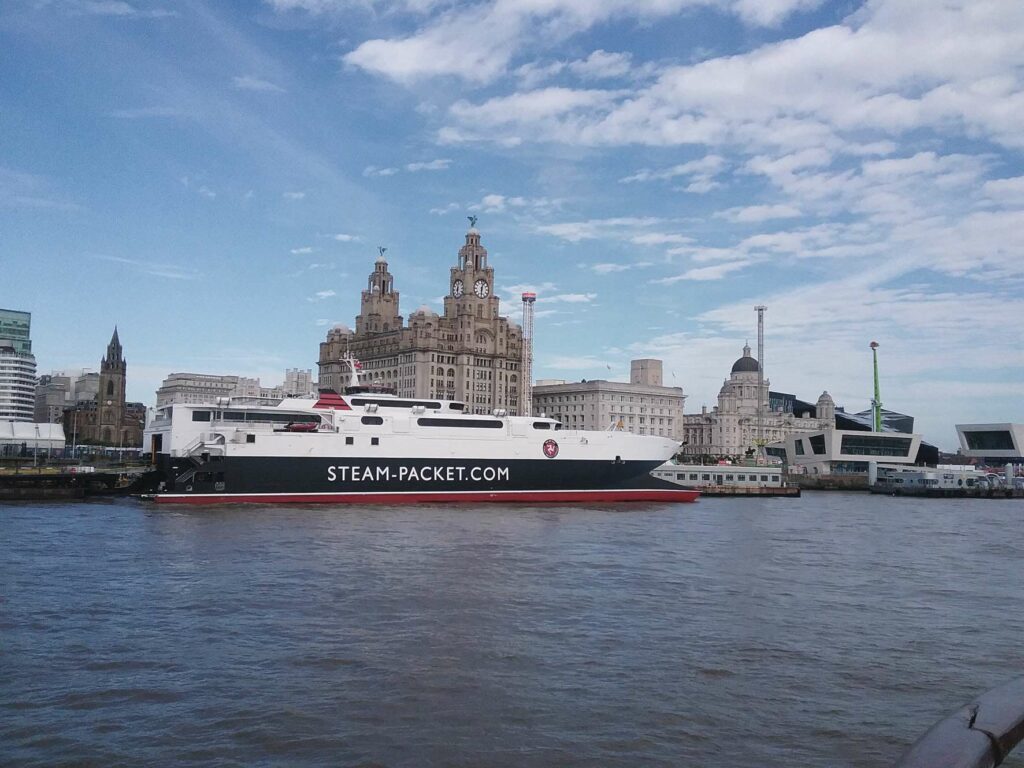
By boat
Book your sailing to the Isle of Man from Liverpool, Heysham, Dublin or Belfast with the Isle of Man Steam Packet. At 192 years old, it’s the world’s oldest continuously operating passenger shipping company. steam-packet.com
By air
Fly from London, Manchester, Dublin, Belfast, Edinburgh, Jersey and other airports in the British Isles. For the latest flight information go to: airport.im/ destinations/
WHERE TO BASE YOURSELF
Port Erin
This traditional seaside holiday destination in the south-west of the island has great access to coastal walks and a sheltered bay for swimming, paddleboarding, sailing and kayaking.
Ramsey
In the north on the shores of Ramsey Bay Marine Nature Reserve, Ramsey has a good high street, a fish shop supplied by local fishers, farmers’ markets on a Saturday, a wonderful book shop and a quayside full of pubs.
Douglas
The capital of the Isle of Man has a long history of tourism, with a seafront still dominated by Victorian hotels. It provides a central base to explore, using the bus network or heritage railways.
STAY
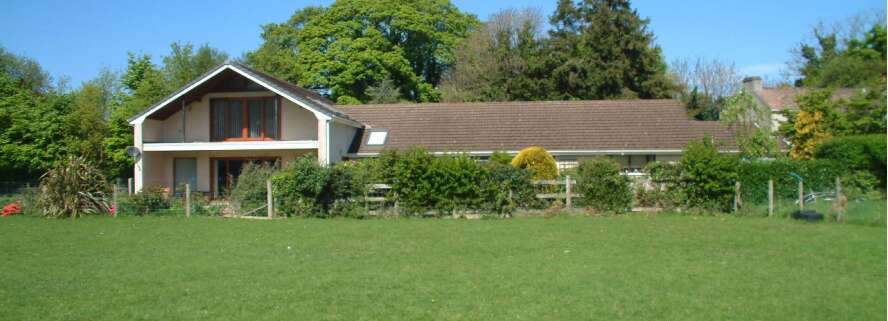
Ballacowell B&B
Ballacowell Bed & Breakfast has a peaceful rural location and is a good base for exploring Ballaugh Curragh Ramsar wetland, perhaps the best place to see the island’s wallabies. From £60 B&B. ballacowell.co.uk

Baie Mooar House Boutique B&B, Ramsey
For views across Ramsey Bay Marine Nature Reserve and a delicious Manx breakfast, try Baie Mooar House, a short distance from the town centre. From £130 B&B. baiemooar.com
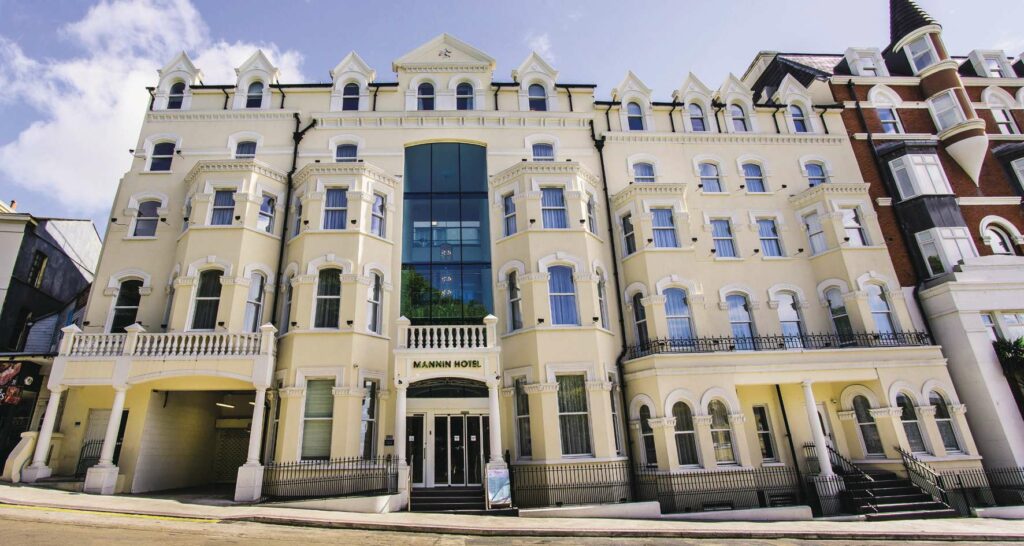
The Mannin Hotel, Douglas
The Mannin is a stylish new hotel just off Douglas promenade with its own bar and restaurant that offers a good central location for exploring the island. From around £120 bed and breakfast. manninhotel.im
For a wide range of self-catering options, from one-bedroomed cottages to luxury homes, Island Escapes has a great choice of properties all over the island. islandescapes.im
OTHER THINGS TO DO
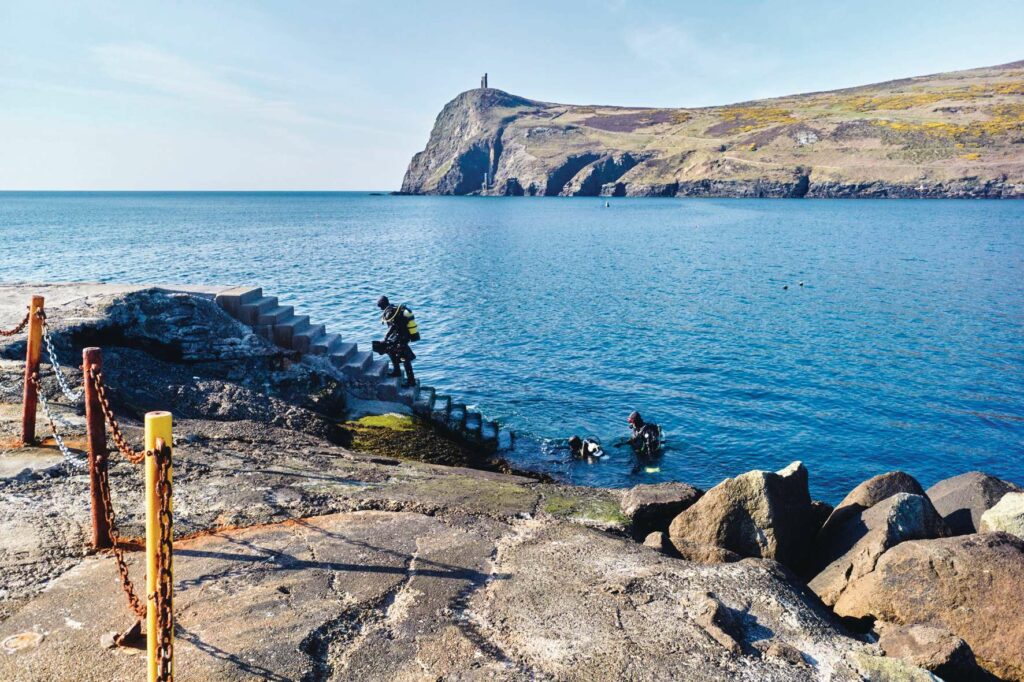
Diving and snorkelling
Discover Diving offers single dives for qualified divers or snorkel trips and diver-training for beginners, plus full dive charter boats including accommodation. discoverdiving.im
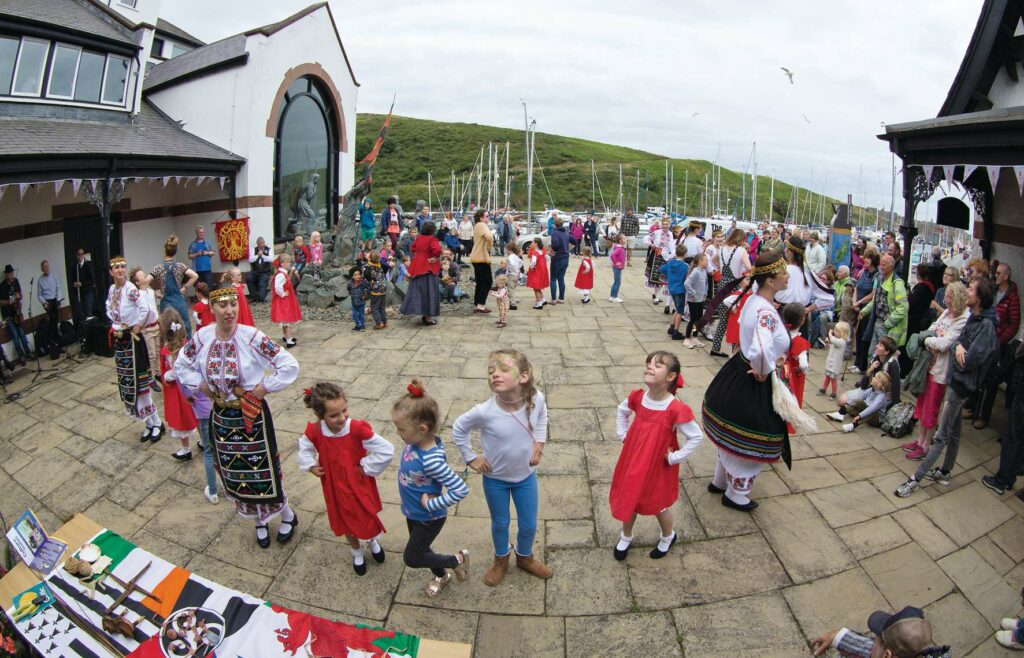
Yn Chruinnaght Celtic Festival, Peel
Yn Chruinnaght is an annual gathering to celebrate the island’s Celtic heritage with music, language and other cultural events. It runs from 24–30 July 2023. ynchruinnaght.com
Manx culture
Culture Vannin’s website has a wealth of information on the Manx language, music, heritage and all aspects of the island’s culture. culturevannin.im
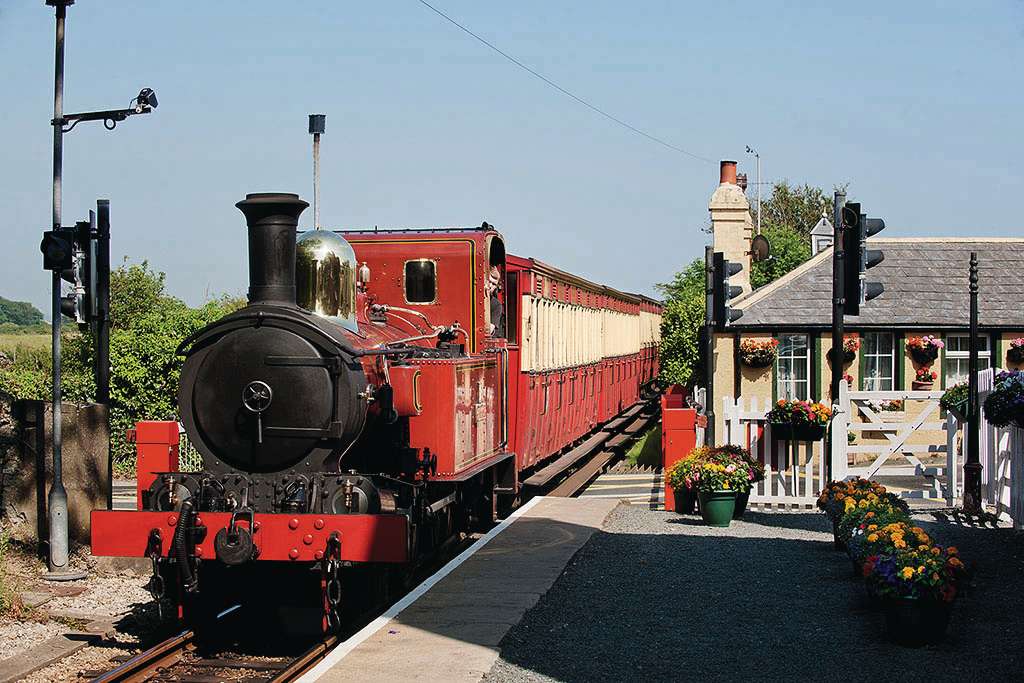
The heritage railways
The Manx Steam Railway and the Manx Electric Railway run beautifully preserved steam trains and electric trams (check online for timetables) and are a great way to see the Manx countryside and stretches of coastline from a different perspective. iombusandrail.im/heritage
WHERE TO EAT
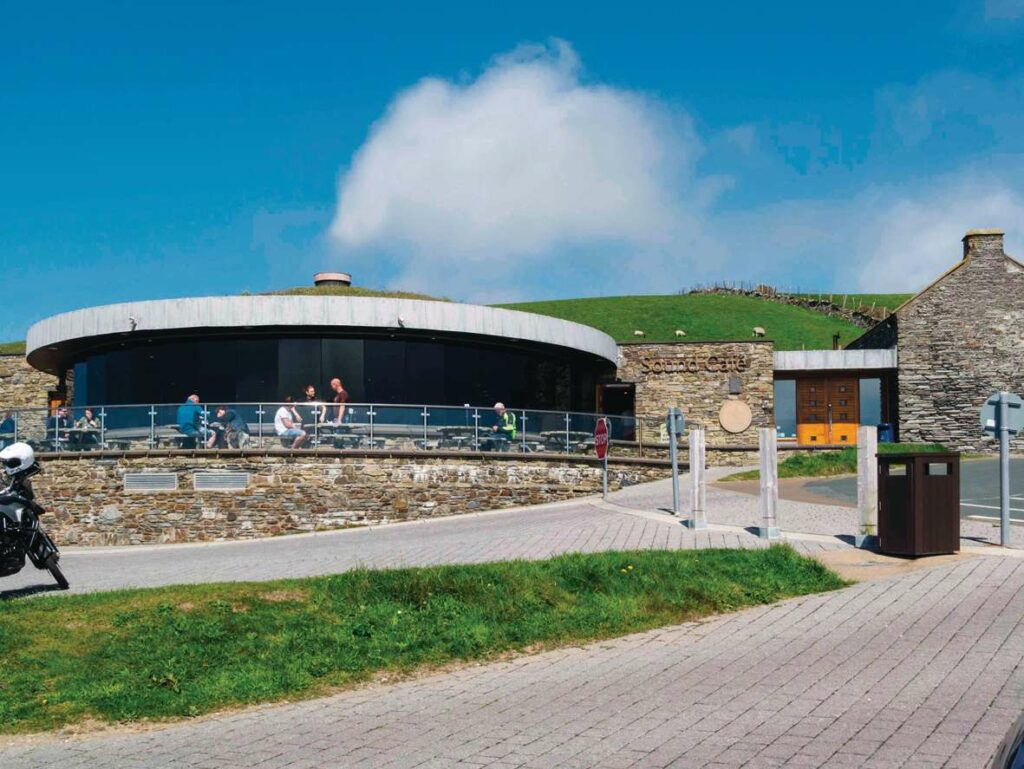
The Sound Café
The Sound Café is the perfect stop-off when walking the southern coastal paths. Enjoy beautiful views of the Calf of Man and year-round seal watching with the comfort of a hot chocolate in your hand. You can also drive there or take the bus. thesound.im
The Boatyard, Peel
The Boatyard in Peel, still an active fishing town, is right on the harbour and has fresh local seafood and great desserts – the place for a special meal. theboatyardpeel.com
The Fyn Bar, Ramsey
The Fyn Bar next to the tram station in Ramsey is home to Manx gin distillers Fynoderee (named after a Manx mythical creature) and is the place to go for a delicious and intriguing folklore-infused cocktail. fynoderee.com
THREE GREAT MANX WALKS
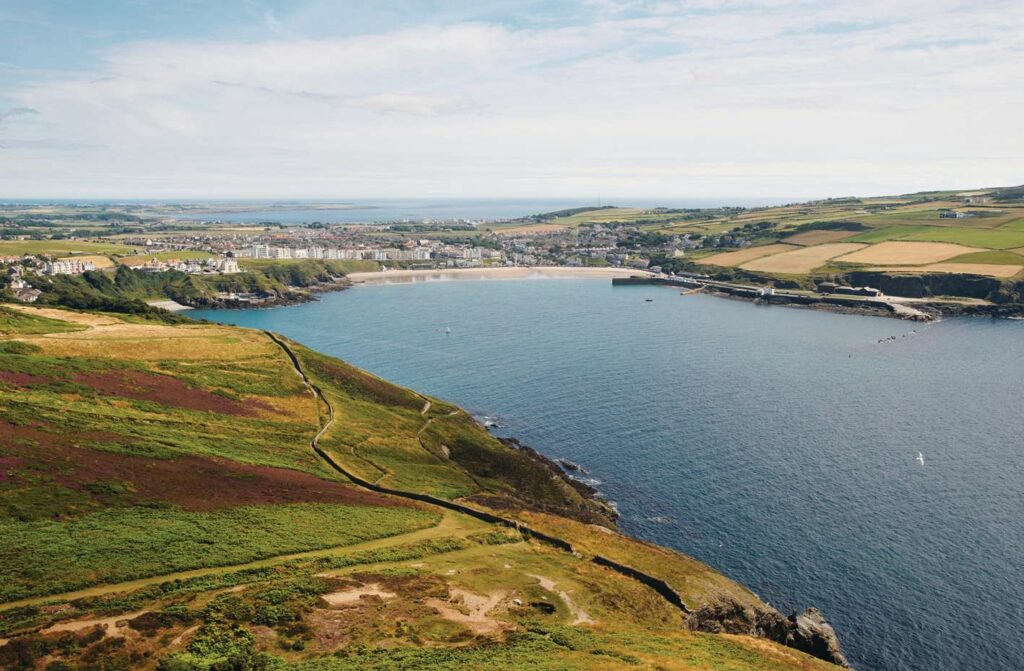
Port Erin to the Sound
6 miles/4 hours
This walk takes in some spectacular coastal scenery and the opportunity to see big groups of choughs, particularly towards the Sound. Return via Cregneash village museum and Meayll Stone Circle. Moderate difficulty. Sheer drops and narrow sections, so unsuitable for small children.
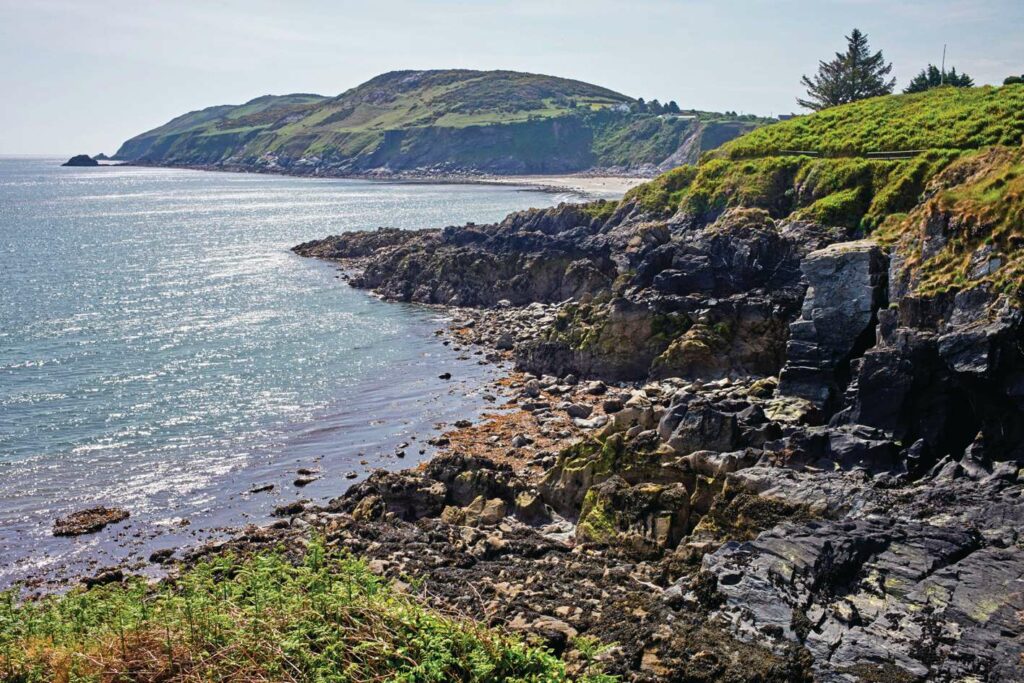
Port Lewaigue to Maughold Head
3 miles/2 hours
Start at Port Lewaigue and follow the coastal footpath to Maughold Head. Fabulous views over Ramsey Bay Marine Nature Reserve and a large cormorant colony. See Celtic and Viking stone carving in Maughold churchyard. Moderate difficulty.
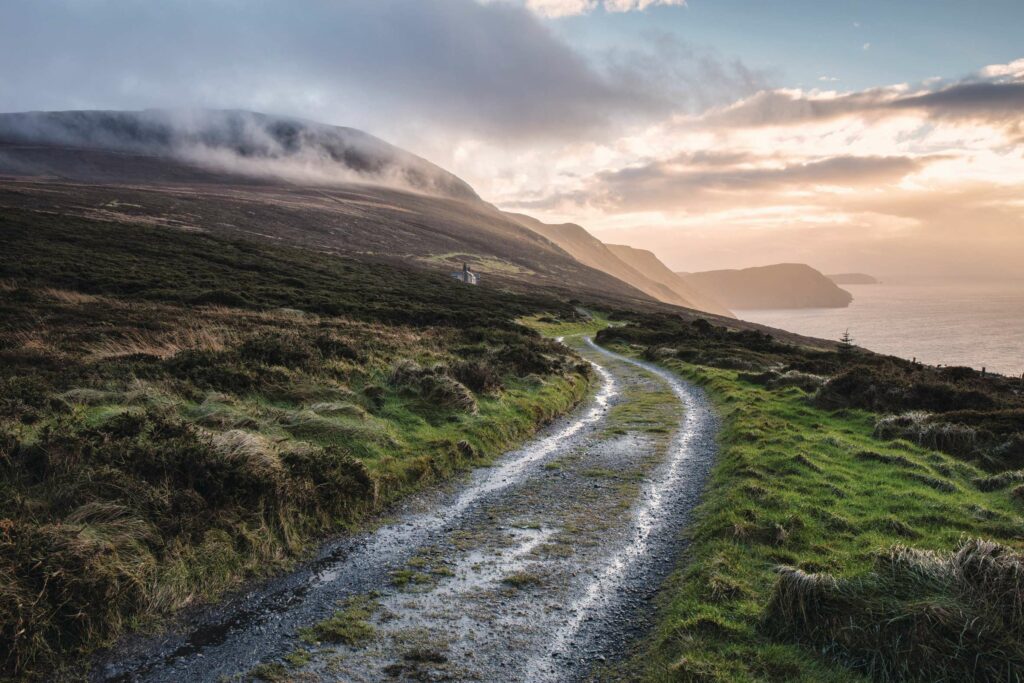
Eary Cushlin to Lag ny Keeilley
3 miles/2 hours
Park at Eary Cushlin and walk down a stunning stretch of coast to an early Christian chapel (known as a keeill in Manx Gaelic). Moderate walking but it does involve a long climb back up. Be sure to check for ticks at the end of your walk.